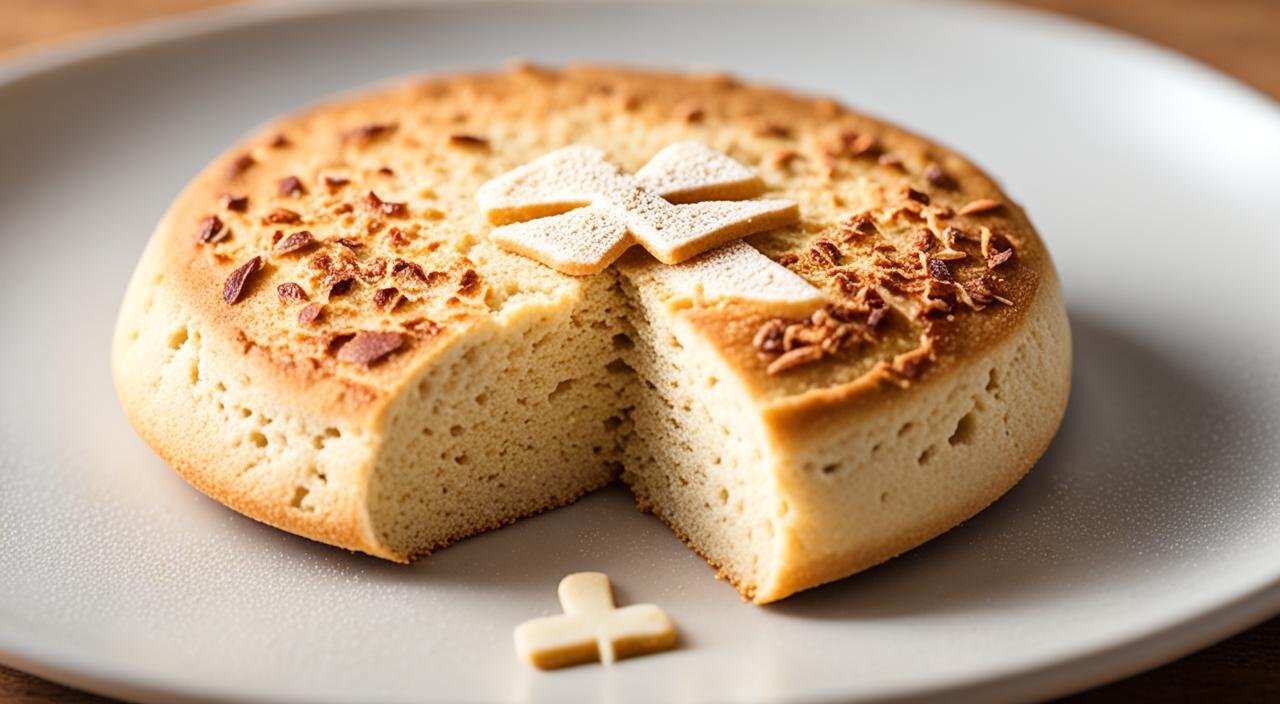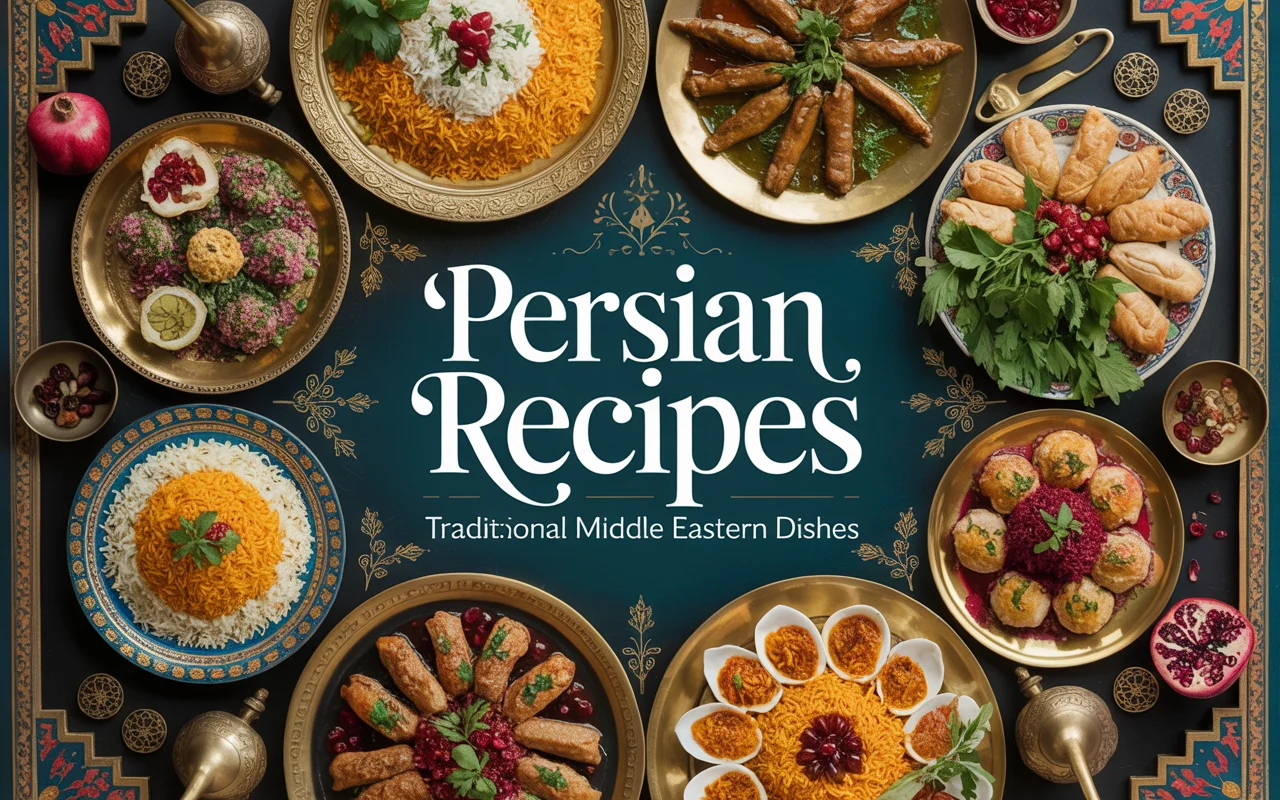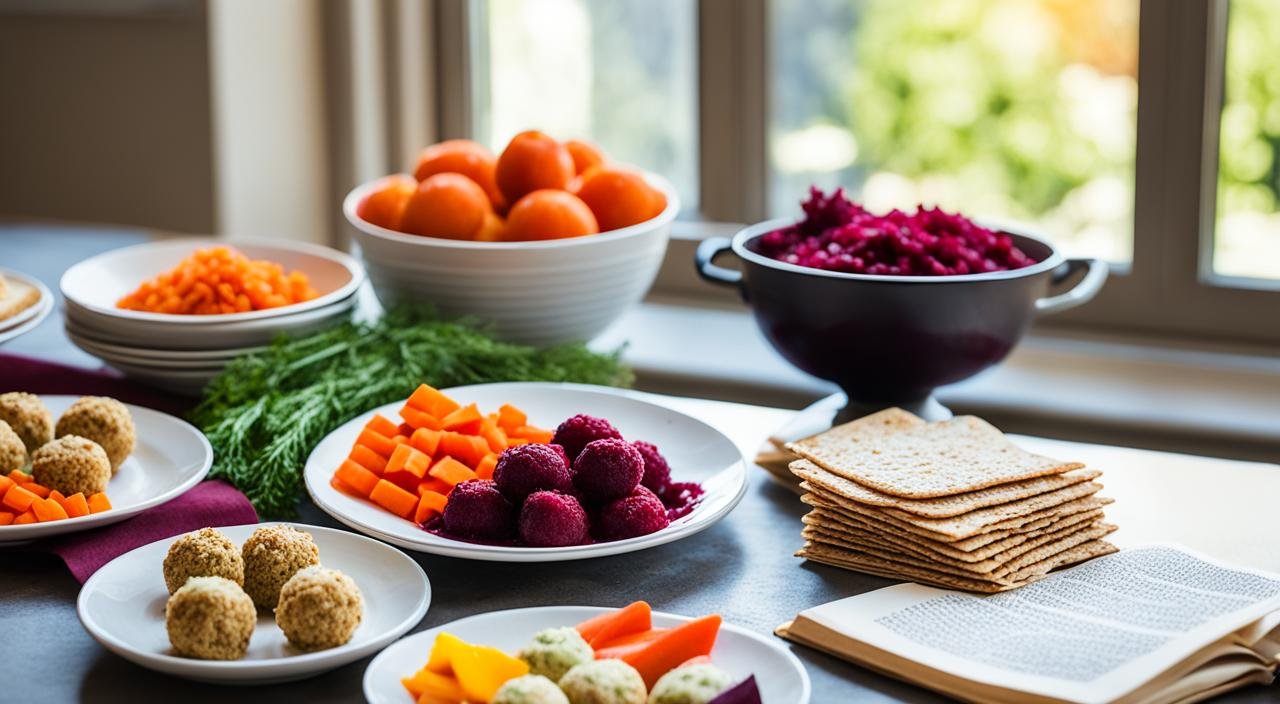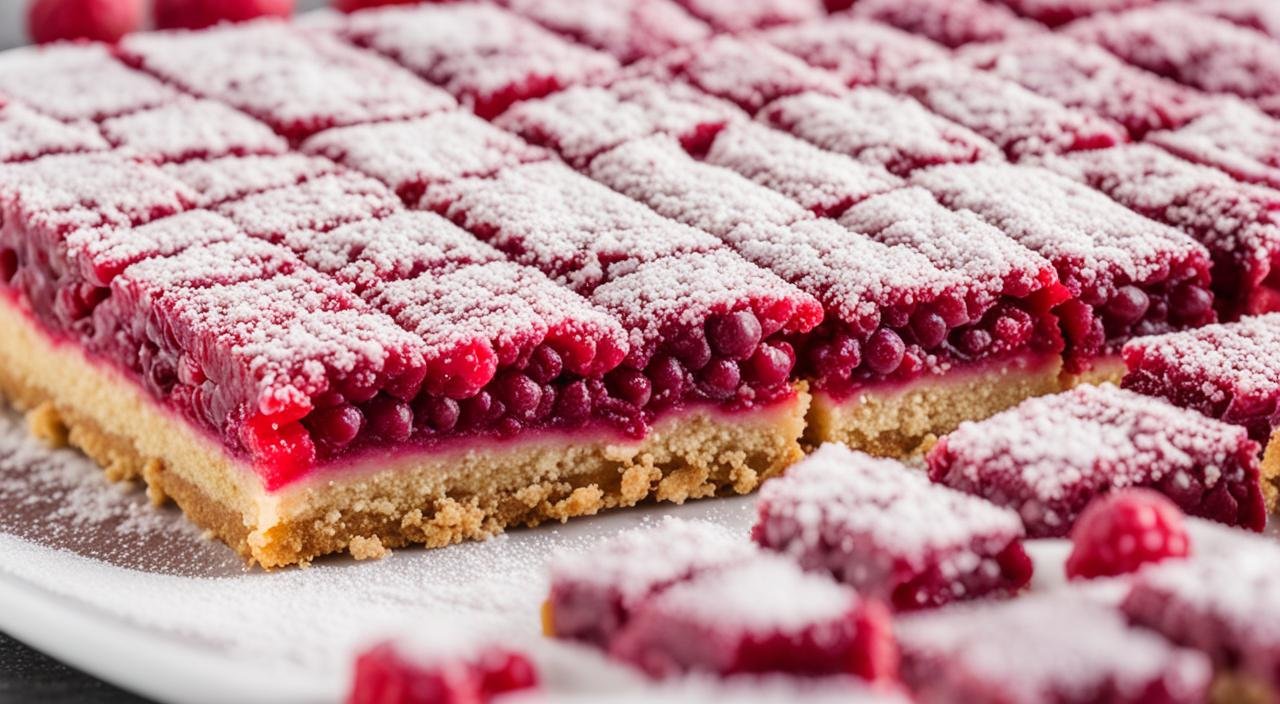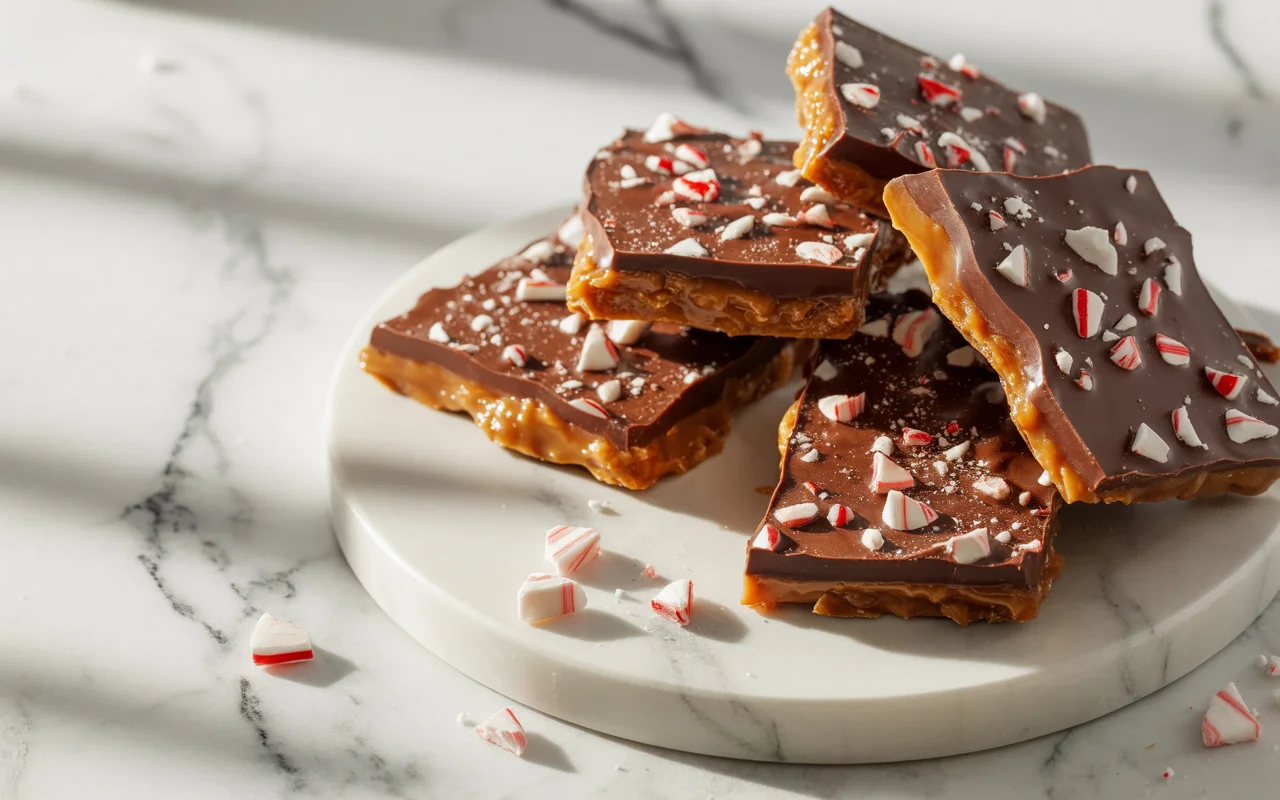Ever thought about attempting gluten free communion bread recipe that everyone can eat? We’ve got a simple recipe for you. It’s perfect for those with gluten sensitivities or celiac disease. This way, everyone can join in the ritual.
Let’s talk about why gluten-free communion bread is important. Then, we’ll guide you through making it. You’ll learn how to bake it just right.
Key Takeaways
- Discover a simple gluten-free communion bread recipe that is allergy-friendly and suitable for inclusive worship services.
- Understand the importance of providing gluten-free options for the communion table to accommodate those with dietary restrictions.
- Learn the key ingredients and step-by-step instructions for baking delicious, wheat-free communion bread at home.
- Explore best practices for handling and serving gluten-free communion bread to prevent cross-contamination.
- Embrace the inclusivity and accessibility of the communion table for all worshipers, regardless of their dietary needs.
The Significance of Gluten-Free Communion Bread
In the Christian tradition, the Eucharist, or Communion, is very important. Traditionally, the bread for this ritual was made from wheat. This left out those with gluten sensitivities or celiac disease. But, the Catholic Church and other Christian groups have started to offer gluten-free options.
Addressing Dietary Restrictions in Religious Traditions
Celiac disease makes some people very sick if they eat gluten. It affects about 1% of people worldwide. This meant that people with celiac disease couldn’t take part in the traditional communion bread.
The Vatican has taken steps to help those with dietary issues. They’ve allowed low-gluten hosts and let some people drink wine from a separate cup. This way, people with celiac disease can still join in the ritual.
The Development of Low-Gluten and Gluten-Free Communion Wafers
Christian groups have made low-gluten and gluten-free communion wafers to include everyone. These options let people with dietary needs join in the Eucharist safely.
Tricia Thompson says low-gluten communion hosts have very little gluten. They’re safe for those with celiac disease. Now, there are also 100% wheat-free communion wafers for a gluten-free choice.
These new options are a big step. They make sure everyone can take part in the sacred ritual, no matter their diet.
Gluten Free Communion Bread Recipe
For those with gluten sensitivities or celiac disease, finding communion bread can be hard. But don’t worry, we have a great solution. Our gluten free communion bread recipe is tasty and safe for allergies. It meets your spiritual needs and dietary needs.
Ingredients: A Blend of Allergy-Friendly Flours
We picked a mix of flours that are safe for allergies for our gluten free communion bread recipe. We use brown rice flour, tapioca flour, and teff flour. These flours are gluten-free and full of nutrients. We also add olive oil, white vinegar, and water for the right texture and taste.
Step-by-Step Instructions for Baking Gluten-Free Communion Bread
- Preheat your oven to 350°F (175°C) and line a baking sheet with parchment paper.
- In a large mixing bowl, combine the brown rice flour, tapioca flour, and teff flour. Stir until well blended.
- Add the olive oil, white vinegar, and water to the flour mixture. Mix until a smooth, pliable dough forms.
- Divide the dough into 8 equal portions and roll each piece into a ball, about 6 inches wide.
- Put the dough balls on the prepared baking sheet, leaving space between them.
- Bake the gluten-free communion bread for 20-25 minutes. It should be lightly golden and a toothpick inserted comes out clean.
- Take the bread out of the oven and let it cool before serving.
By following these easy steps, you can make delicious gluten-free communion bread. It’s perfect for your worship service. Your gluten-free guests can join in the communion without worry.

The secret to great gluten-free communion bread is the right flours and careful steps. With this recipe, everyone at your communion table will feel included and nourished, in body and spirit.
Handling and Serving Gluten-Free Communion Bread
When serving communion, making sure gluten-free worshippers feel safe and included is key. More people want gluten-free communion options. Churches need to take steps to avoid mixing gluten-free and regular bread.
Preventing Cross-Contamination During Preparation
To keep gluten-free communion bread safe, follow strict steps during preparation. Use only baking tools and surfaces that are clean and just for gluten-free bread. Make sure all work areas are free from wheat flour or crumbs.
Keep gluten-free bread away from regular communion wafers when storing and moving it. Use bags or containers with clear labels to prevent mixing. At the communion service, give out the gluten-free bread on its own plate or tray.
| Best Practices for Handling Gluten-Free Communion Bread |
|---|
|
By following these steps, churches can make sure gluten-free worshippers feel safe and included. They can join in the communion without worrying about getting contaminated.
The main worry with gluten-free communion bread is keeping it safe from mixing with regular bread. By being careful, you make your church a place where everyone, no matter their diet, feels welcome.
Are you craving a satisfying, protein-packed breakfast that fits your gluten-free lifestyle? Look no further than our Easy Gluten-Free Protein Waffle Recipe! This delectable creation combines the perfect balance of nutrition and flavor, making it a must-try for anyone on a gluten-free diet.
Embracing Inclusivity at the Communion Table
Communion is a special moment for us to come together. It’s a chance to share in the blessings of our community. By offering gluten-free communion bread, we make our church more welcoming for everyone.
This simple act shows we care about our members’ needs. It lets those with dietary restrictions join in the ritual too. It’s a way to make sure everyone feels included.
We urge churches to talk with their members about their needs. This can mean offering gluten-free options or changing how communion is served. Even small changes can make a big difference in how people feel they belong.
Being inclusive at communion shows we value compassion and acceptance. It shows we believe everyone is welcome at Christ’s table. By making communion open to all, we build a stronger, more united community. This makes our church a more vibrant and welcoming place.
I’m Dr. Shivani, a Kolkata-based nutritionist since 2015. After 10 years of igniting a love for healthy eating in young minds as a High School nutritionist teacher, I now help individuals unlock their full potential through personalized diet plans. My passion for writing and sharing nutrition knowledge (through blogs and observations) keeps my practice fresh and fuels my love for the field!

